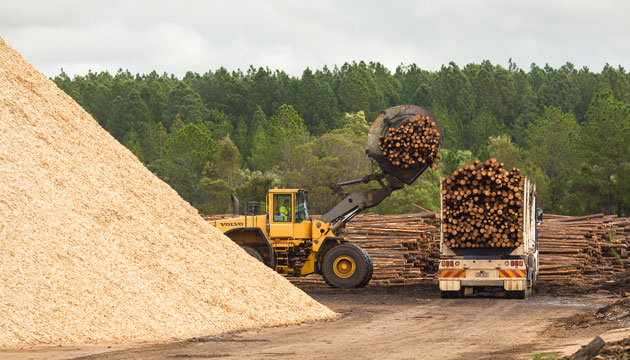Australian forestry is finding new ways to sustainably harvest wood.
Story Jill Griffiths Photo Nick Rains
About 17 percent of Australia’s land area is forested; 134 million hectares of forest, ranging from the moss-clad rainforests of Tasmania’s wilderness and the mist-shrouded tropical rainforests of the Daintree to the dry sclerophyll woodlands and temperate forests of southern Australia. Although eight different forest types – acacia, callitris, casuarina, eucalypt, mangrove, melaleuca, rainforest and ‘other native forest’ – are recognised, it is the eucalypts that dominate. Nearly three-quarters of Australia’s forests are classified as eucalyptus forests. These include the tall mountain ash and karri forests – the two tallest flowering plants in the world. Beneath these towering trees and throughout Australia’s forests, there is a history of forestry and foresters, of people who have made, and continue to make, their lives among the trees. There are stories of struggle and survival, stories of men and women, stories of the past and the future. And there is an industry that employs more than 70,000 people and, in 2016–17, generated $23 billion dollars.
Forestry in Australia has been, and continues to be, a controversial land use. Divisiveness over forests – whether they should be preserved or used – runs deep. That very divisiveness is a source of frustration to some people who are working hard to find a way forward. Take Rowan Reid, for example. Rowan came from a farming background and studied forest science, working as an academic and researcher for 20 years before returning to live on a farm in Victoria’s Otway Ranges. “Forestry must be one of the most controversial land management practices in Australia and even around the world,” Rowan says in his YouTube video Sermon from the Stump. “This dichotomy between profit and conservation has led to a whole bunch of negative outcomes, in my view.”
This story excerpt is from Issue #124
Outback Magazine: April/May 2019










